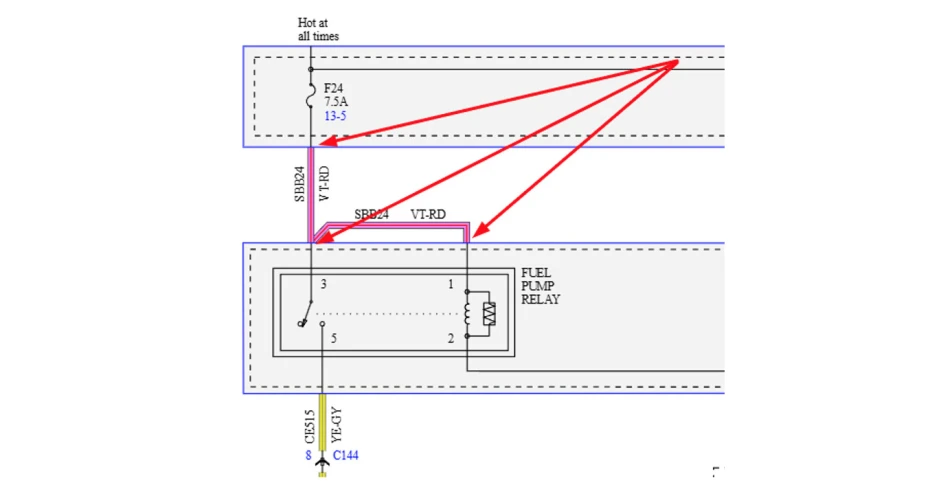A Ford Transit Custom was presented to an Autobiz Helpline member’s garage with wiper motor issues. The motors were replaced with two new wiper motors, but the new motors refused to operate.
The technician tested the circuit at the motor connectors and found that everything he should have had was present.
In a call to the helpline for advice on what to test next, we asked if he had checked the power supplies, ground, and LIN signals. He had done these tests, before ordering the wiper motors.
We asked him to repeat the tests, with the new motor installed, but this time with the all connectors plugged in. Previously, he had used a multimeter with the motor disconnected. To his surprise, the voltage was now very low. Disconnecting the motor returned the voltage to the normal battery voltage.
We asked him to load the supply terminal with a load, such as a bulb. An H7 or H3 would be perfect to apply the required load to the circuit.
The bulb did not light, showing the circuit was incapable of carrying sufficient current to power the bulb.
We explained the meter had an internal impedance of 10 Megohms/10MΩ (10 MΩ is 10 million ohms) and did not apply any load to the circuit, so was not the right test for a power supply. Loading any power supply, is a more reliable method, to prove the circuit can supply enough current for the consumer, in this case the bulb.
We then needed to move back in the circuit to see where the issue was. Load testing the fuse revealed a failure point. Removing the fuse and load testing the supply side showed a healthy, bright light on the test load.
The issue was that the pin grip at the fuse was loose, creating high resistance at that point. After closing the pin grip and replacing the slightly burnt fuse, it proved successful, and the wipers now operated correctly.
More Load Testing A second customer complaint was that the vehicle intermittently cut out, and then needed to cool down before it would restart. The only code present in the PCM was for low fuel pressure (P0087), and this was an intermittent code.
Fortunately, the vehicle cut out in the workshop and refused to start. The fuel pressure in the serial data was reporting no fuel pressure.
There was no power supply to the lift pump, so a diagram was sourced from the technical database. Using the load tester previously described, we found no power at the fuel pump relay in the engine bay fuse box. Removing the fuse and load testing the fuse supply terminal passed the load test.
The fuse was showing signs of overheating, and the terminals in the fuse box had opened up. These loose connections had created a high resistance, which in turn created heat and damaged the terminals. Once the terminals had been cleaned and closed up tight on the fuse, the load test at the relay passed.
Ohm’s Law in Load Testing Using Ohm’s law, you can begin to understand that as the resistance increases within a circuit, the current will drop. Once the current drops, the power available to run a component is compromised.
An extremely useful tool for load testing is the Load Pro, or any other similar tool. This is fitted in place of your normal meter lead set and has a 24-ohm switchable resistance across the positive and ground.
If, when the load is switched on, the voltage reading on the meter drops, you have high resistance in the supply circuit. This needs to be rectified before continuing on with any diagnosis.
There are only 3 possible failure issues with any electrical circuit: open circuit, short circuit, or high resistance. High resistance is the most overlooked fault and can easily be missed in the diagnostic process.
To see or download this article click
here. There are lots more Tech Tips to view, and they are all searchable, on
TechTips.ie.
To join the Autobiz Helpline, call 01-905-9500, and then press 2, for further information.
 Voltage, at arrows, was fine, until a load was applied to the circuit
Voltage, at arrows, was fine, until a load was applied to the circuit
